BITS BLOG
The True Cost of Doing Nothing in Cybersecurity
Why inaction is often the most expensive decision of all
When cybersecurity investment is postponed, it rarely feels like a risk in the moment. No alarms go off. No systems fail. And for many businesses, that quiet reinforces the illusion that everything is fine.
But here is the truth: in cybersecurity, the cost of doing nothing is invisible until it is not.
Whether it is a ransomware attack, a failed audit, or an unexpected insurance denial, the impact hits hard and fast. And by the time it does, the cost to recover is almost always higher than the cost to prepare.
This article outlines the hidden costs of cybersecurity inaction and what smart organizations are doing to protect themselves without overextending resources.
Inaction Has a Price. It Just Is Not on the Budget Line Yet.
Most businesses do not actively choose to accept risk. They simply defer decisions. There is always something else that feels more urgent. And because many cyber risks are not immediately visible, they get pushed further down the list.
But security gaps do not stay quiet forever. They compound.
Delaying action often results in:
- Higher breach impact due to weak or missing controls
- Rushed spending under pressure after an incident
- Lost trust from clients, partners, and staff
- Higher insurance premiums or outright denials
- Noncompliance penalties from regulators or vendors
These costs are not hypothetical. They are real and rising.
The Financial Impact of Avoiding Security Decisions
Let’s break down what inaction can actually cost:
- Ransomware payouts average $170,000 for SMBs, not including downtime or recovery expenses
- Downtime from attacks averages $274,000 for businesses under 500 employees
- Cyber insurance denials are increasing due to misalignment with stated controls
- Regulatory fines can reach six or seven figures depending on the data and jurisdiction
- Client churn due to breach-related trust loss is often permanent
When viewed this way, the "do nothing" path is not conservative. It is expensive.
Inaction Is Often a Visibility Problem
Most leaders are not ignoring security on purpose. In many cases, they lack visibility into where risk lives, how it connects to business operations, and what it would actually take to fix.
This is why assessments matter.
At BITS Cyber, we start with a cybersecurity risk assessment that looks at your business through three lenses:
- Operational exposure
- Compliance obligations
- Change readiness, using our Business Change Tolerance (BCT) score
We identify what matters most and what action delivers the most value. Then we prioritize based on impact, not fear.
The Non-Financial Costs: Time, Trust, and Momentum
Beyond dollars, cybersecurity inaction also drains less obvious resources.
- Time
After a breach, teams spend weeks rebuilding. Productivity halts. Strategic projects are delayed. - Trust
Clients and staff lose confidence. Even one incident can damage long-standing relationships. - Momentum
Risk-averse teams delay innovation. Growth slows because infrastructure cannot keep up securely.
Security is not just a shield. It is a growth enabler. It protects the time, focus, and trust that make innovation possible.
What Smart Organizations Are Doing Instead
The most resilient businesses are not necessarily spending more. They are spending smarter. They are:
- Running risk assessments annually
- Prioritizing business-aligned controls
- Using BCT to measure how well they can absorb change
- Building IT roadmaps that support growth and compliance together
- Engaging vCISO support to guide decisions without adding full-time staff
Final Thought
Doing nothing about cybersecurity feels safe until it is not.
And when that day comes, the cost is never just financial. It is operational, reputational, and strategic.
At BITS Cyber, we help clients make progress without overwhelm. In a world where threats are constant, inaction is not caution. It is unmanaged risk.
